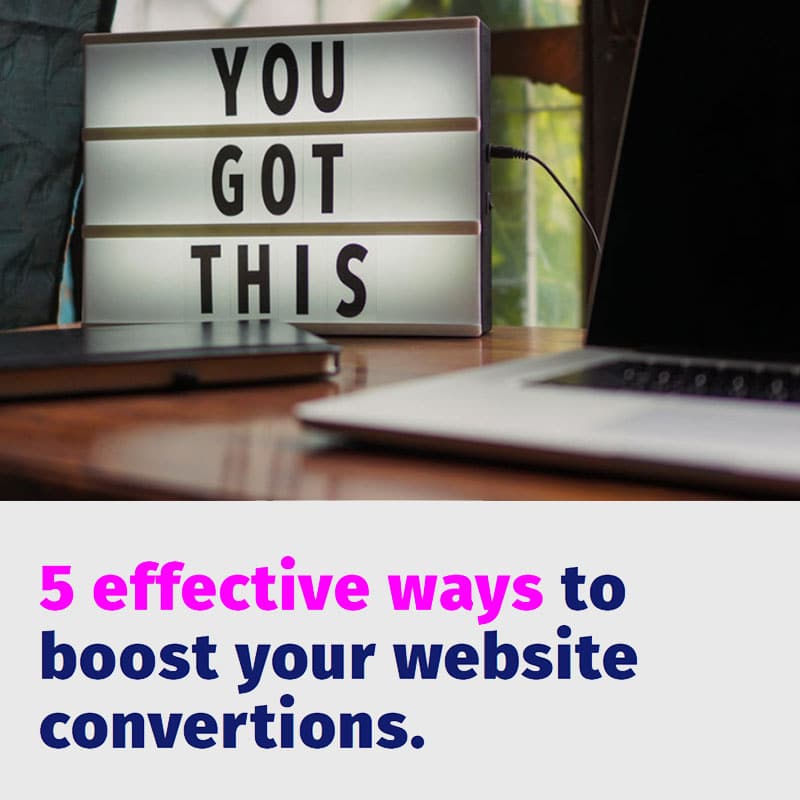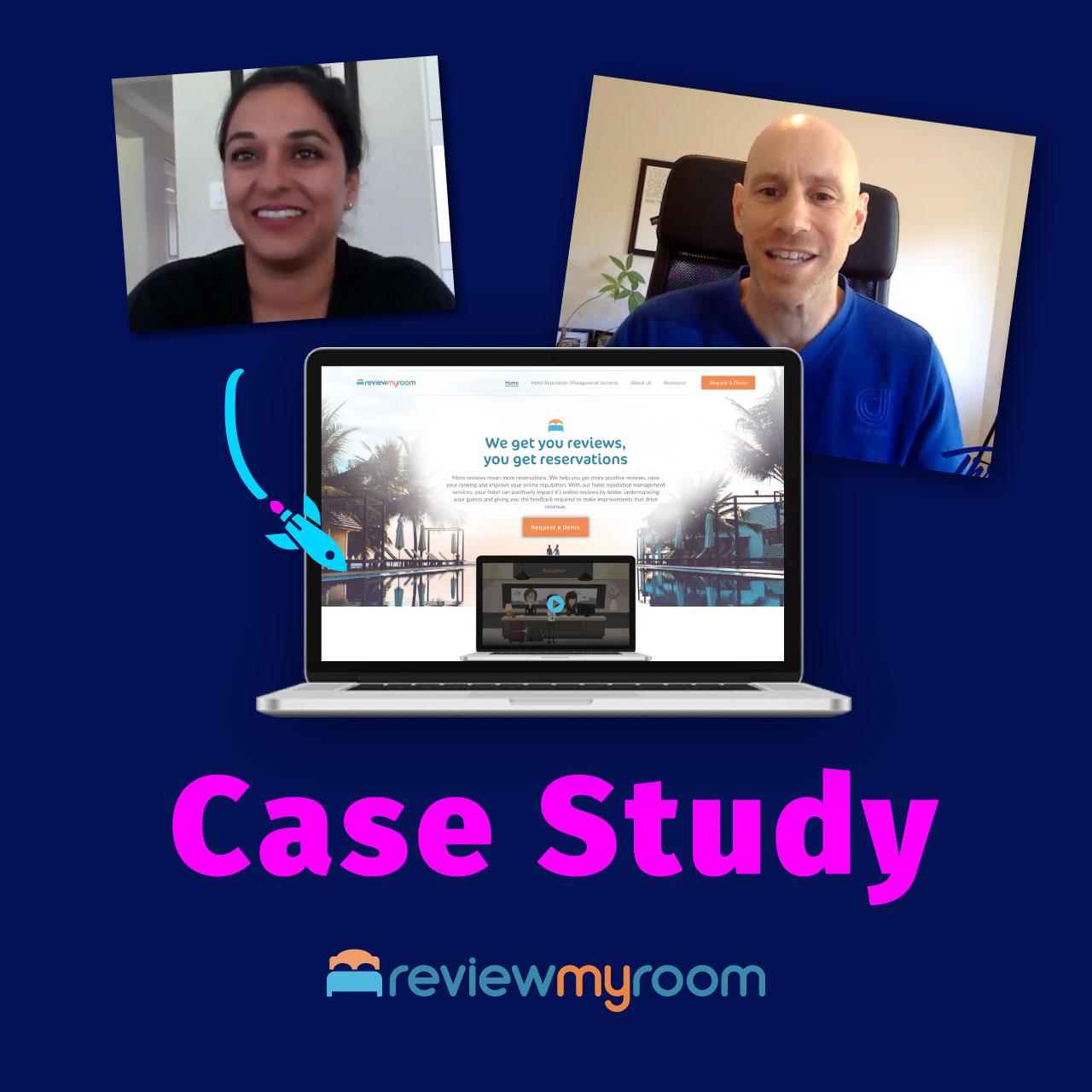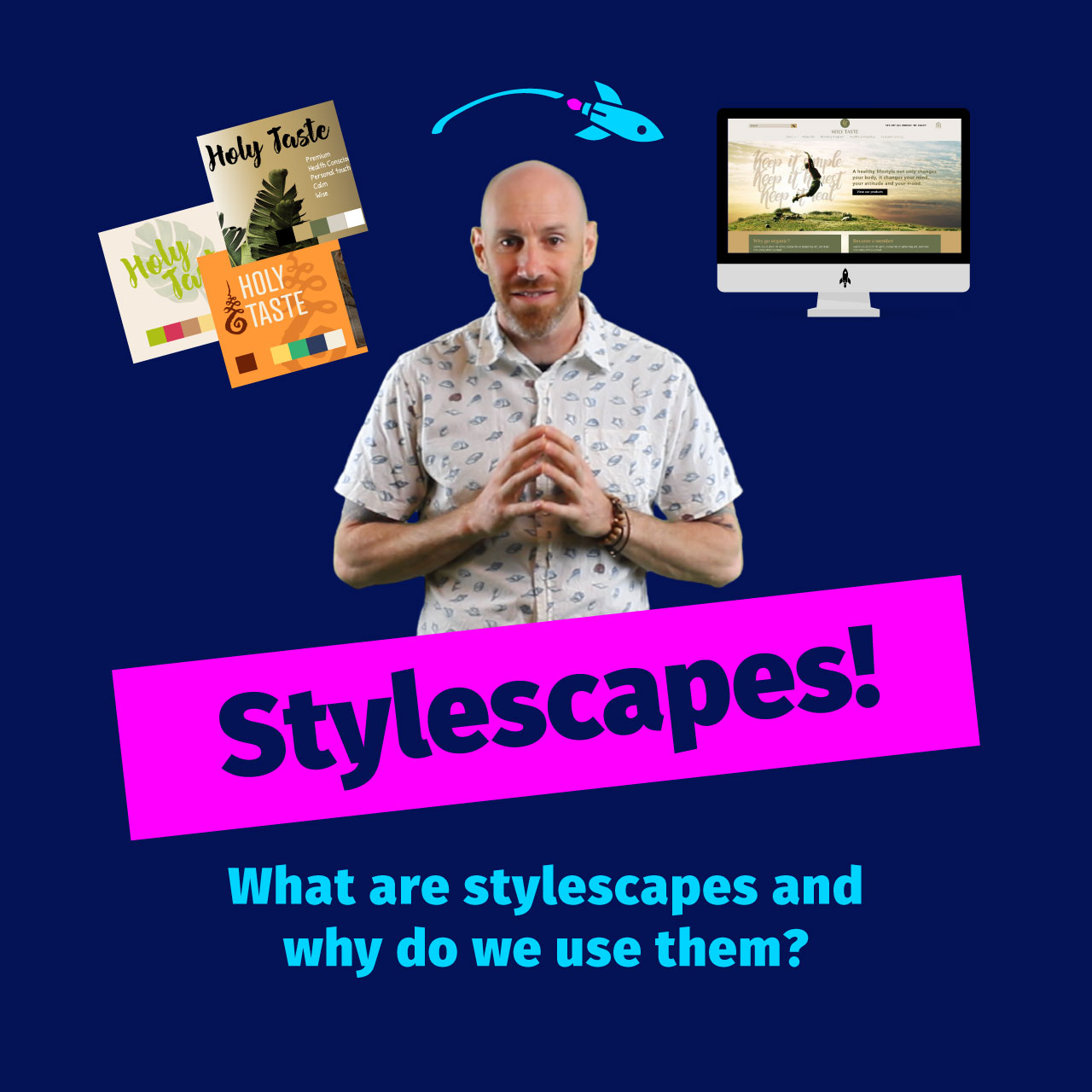A well-designed website is one of the most valuable assets you can have for your business. If done correctly your website can help you gain more customers and increase revenue. If your website is outdated and not designed well, you could be turning people away before you even give them a chance to let them know what you do and how you can help them.
Check out these Web Design Do’s and Don’ts to help guide you in the right direction.
DO MAKE IT ABOUT THE CUSTOMER
Always keep your target audience in mind. When people arrive on your website they don’t want to waste any time when it comes to �guring out if you can help them. Your audience wants to know what you do, how you can make their lives better and how your product or service can solve the problems they are facing.
DON’T MAKE IT HARD FOR USERS TO FIND WHAT THEY NEED
Keep your navigation options to as few as possible, provide a search option and only use 1 or 2 different call to actions on a given page. This will make it easier for people to �gure out what to do next and �nd what they are looking for. Having too many options on a page can confuse the user, making them frustrated enough to leave your website.
DO MAKE IT EASY FOR PEOPLE TO CONNECT WITH YOU
Once on a company’s homepage, 64% of visitors want to see the company’s contact information. Be strategic about where you place information. Include a contact page, and make your phone number or email address easily accessible in the header or footer of your website. Include links to your social media channels. Use quick contact forms to help encourage users to reach out and get in touch with you.
DON’T FORGET ABOUT SEO
Websites that are not optimized well will have a harder time being found online. Do a keyword search and �gure out what people are searching for to �nd businesses like yours. Once you know these keywords and phrases, you will want to pick the ones that will generate the most traf�c. Optimize all your page titles, meta descriptions, and page content.
DO KEEP LAYOUTS CLEAN AND SIMPLE
Having a busy, cluttered layout will only make it hard for the user to navigate through your web page. Cluttered layouts also make it visually harder to know where to direct their attention. By having a nice, clean, spaced out layout, you can direct people where you want them to go and make it easy for people to �ow through each page of your website.
DON’T FORGET TO OPTIMIZE YOUR WEB SITE FOR ALL DEVICES
More and more people are browsing and shopping on mobile devices, and they expect websites to provide a great mobile experience. In some cases that means a custom experience, hiding certain elements, providing additional search options, adjusting text size and layouts. Make sure to use a mobile �rst approach and give people the best user experience, no matter what device they are on.
DO PRESENT COPY IN BITE�SIZED DIGESTABLE COPY BLOCKS
Keep your copy short and sweet! Don’t use long paragraphs that overwhelm the user. The way the text on your website looks plays into the overall design of your site and will allow for better page �ow. Craft your copy for web reading: short, easy to scan, and broken up into readable chunks.
DON’T USE FONTS, COLOURS AND IMAGES THAT ARE NOT ON BRAND
People think visually, which is why staying on brand is so effective. Don’t use page elements that don’t represent your brand. It will make for a more confusing design, which will make it harder for peole to remember you. When deciding on how many elements to use, use a minimal approach, try to to stick to the 2 or 3 colors and fonts and a max of a handful of images per page.











